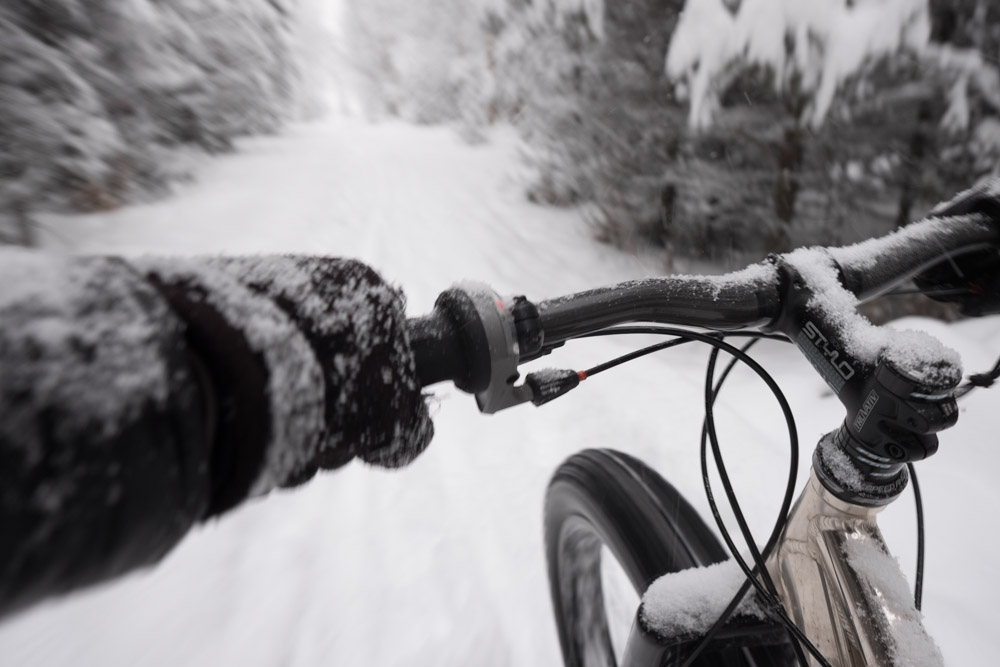Welcome to our series of 100 interviews we will be holding with professional photographers who use mirrorless cameras for work! “Switching to a smaller and lighter system” has become somewhat of a buzz phrase as of late, but many working photographers take this philosophy seriously. From medical reasons such as resolving back and shoulder pain to the simple realisation that bigger does not mean better, photographers are turning to mirrorless systems now more than ever before.
This week’s interview is with Dan Bailey, a full time adventure, travel and location photographer whose dynamic imagery demonstrates the power and mystery of nature, and man’s relationship with it. When he’s not on a photo shoot, you’ll find him trekking through the wilderness of Alaska, playing his guitar or flying his little yellow taildragger. As Dan states in his biography, “there is almost no limit to how far [he’ll] go to get The Shot.”
Visit Dan’s photography website
Follow Dan on Twitter | Google+ | Facebook
All the images contained in this article are property of Daniel H. Bailey.
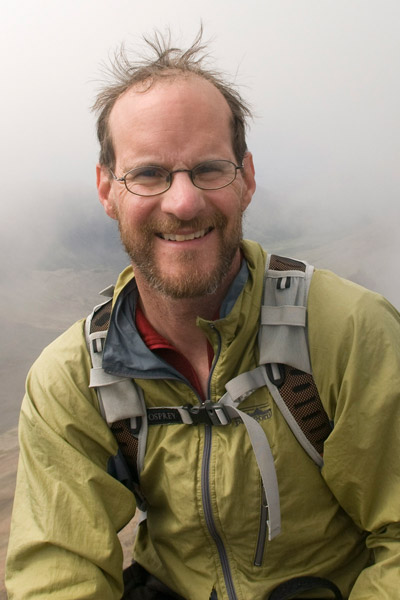 Who is ‘Dan Bailey’ in three simple sentences?
Who is ‘Dan Bailey’ in three simple sentences?
I’m a full-time adventure photographer who’s been shooting action sports, travel and active lifestyles professionally for over 17 years. Based in Anchorage, Alaska, I’m a hiker, biker and skier who likes to get into the backcountry as often as I can. I’m also a budding bush pilot who owns a 1947 Cessna 120 that I use to explore gravel bars and shoot aerial photos of mountains and glaciers around Alaska.
What elements do you feel contribute to a powerful landscape image?
In my mind, you need three main elements to make a great landscape image. First of all, you need an interesting subject that suggests the larger scene, but that doesn’t show too much. The idea with a good photo is to invoke the viewer so that they can imagine the rest of the scene in their mind. You also need great light, which is the key for most successful images, and it helps to have a really strong foreground element, that may or may not be the main subject. This helps draw the viewer’s eye into the frame and it adds depth to the shot.
How do you go about choosing the ideal location for your action shots?
I look for dramatic settings. With action and adventure photography, it’s about the location as much as the subject itself. Many times, the subject is merely a vehicle to show the drama and power of the environment, which is the real star of the shot. I go for places that offer stunning views, rugged terrain or that suggest extreme or adventurous ideas.
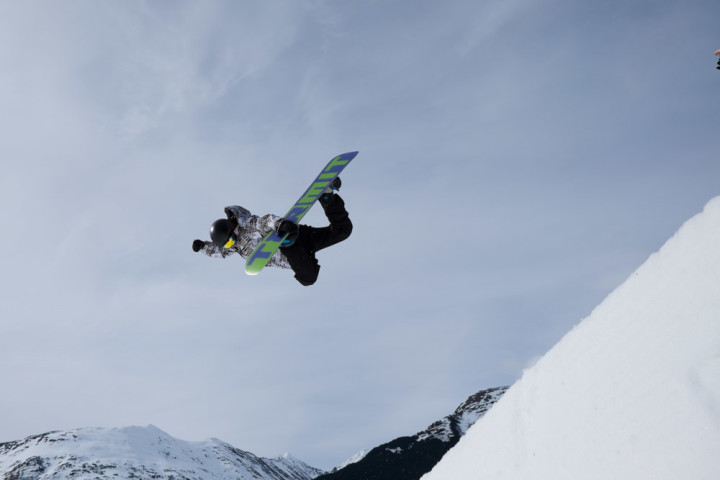
You often shoot in wild places with a focus on the people you are with. How do you interact with them and how you merge the amazing scenery around you with the human presence?
A lot of the time, those people are my friends, so it’s pretty easy to interact with them. If I’m skiing or climbing with my buddies, by now, they know what they’re in for if I bring my camera! If it’s during a shoot where I don’t know the people very well, I just try to be my happy, energetic self. With regards to the scenery, I tend to look geometrically at the world, which means that I’m always gauging the scene around me, even as I’m paying attention to the people or action close by. I’m always keeping an eye out for a possible convergence between the action and an especially captivating element of the light or the landscape.
You mentioned that your Nikon D700 malfunctioned during a recent assignment and that you used your Fujifilm X-T1 for the remainder of the shoot where you racked up almost 10,000 frames. Will you be replacing your D700? Do you now consider that you’ve officially “made the switch”? If so, is there anything you would miss about the old system?
I still love my D700 and my Nikon gear. I’ve got some lenses that I really like, and the Nikon stuff plays really well with off-camera flash. You still can’t beat high end DLSR bodies and lenses for fast, accurate AF, so for me, it’s still a very relevant system with regards to professional shooting. Plus, as good as the EVF is on the X-T1, it’s still not like looking through a real prism viewfinder. If my D700 hand’t gotten wet on that job, I would have shot the entire assignment with the Nikon. That said, the Fuij gear is growing in fondness with me, and it’s certainly a very capable, lighter weight system. I’ve used it for a variety of pro work this year. I probably won’t ditch the DSLR gear any time soon, I like using it for certain types of shooting, but if my D700 can’t be fixed, I’m not sure what I’ll do to replace it. The D4 is too heavy, and there are aspects about both the D800 and D610 that don’t make either one of them the perfect camera for me.
For those reasons and more, I’ve definitely transitioned to the lighter weight Fuji X gear for a lot of my shooting. I wouldn’t say that I’ve totally switched, but my DSLR is seeing less and less use lately. Right now, the Fuji X-T1 has earned the number one spot, because it’s done everything I’ve asked of it and more, and it’s lighter and more compact, which is essential for my style of photography. Plus, I love how much fun and versatile the X cameras are. I guess the short answer is this: During the recent trips and adventures where I’ve left the DSLR at home, I haven’t missed it. However, I’m still waiting for a pro quality telephoto zoom. That’s where they’re still lacking, but I see that they’ve got one or two on the road map, so we’ll see what they come out with later this year. If there’s one thing that could seal the deal with me, it will be that. That and improved battery life.
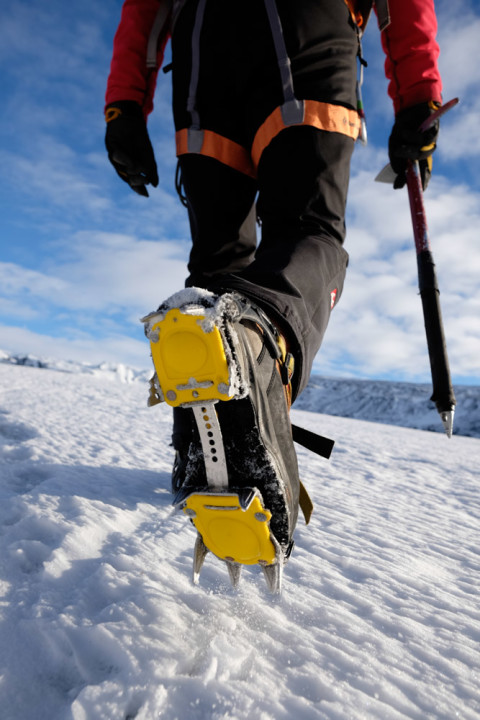
Which are your go-to lenses for Fuji X system and why?
My favorite is the XF 14mm f/2.8. I’m a wide angle guy at heart. That’s one of the reasons I love Full Frame so much. However, the Fuji 14mm gives me a view that feels just like shooting FF, and it’s a nice, compact lens. It gives me that “right in the middle of the action” feel that’s so integral to my style. I also LOVE the new XF 56mm f/1.2. It’s like my Nikon 85mm; superbly sharp with incredible soft backgrounds. Fuji made a truly superb lens with that one. My sleeper favorite is the 27mm f/2.8 pancake lens. I don’t usually go for that focal length, but for how small and sharp that lens is, it’s really a great verstaile performer. And, it might even have the fastest AF of all the Fuji glass.
If you had to recommend three must-have accessories for your Fuji cameras, what would they be?
That’s a tough one. I don’t have many accessories for my X cameras. Don’t really need ’em! I have the slide-on thumb rest for the X-20. Love that thing. I have the little EF-20 flash, but it hasn’t seen much action. For most of my Fuji flash work, I’ve just used my Nikon speedlights in optical slave mode or manual with PocketWizards. I also have inexpensive manual mount adaptors for Nikon and Leica lenses, but I haven’t used these much either.
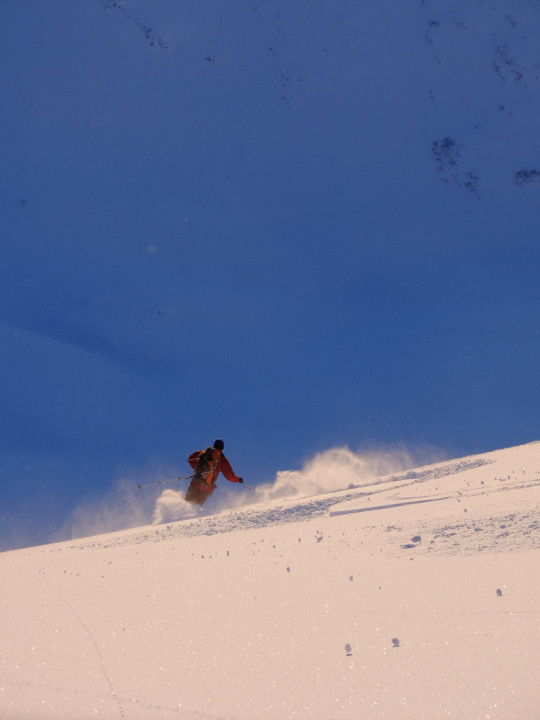
You do a lot of work up in Alaska where, I imagine, extreme weather is quite common. How has the X-T1 held up in these conditions so far?
I’ve been really impressed with how well the X-T1 performs in the cold. I used it all winter here in Alaska and during a trip to Iceland in February, and it hans’t missed a beat. I’ve shot all day in the backcountry with it in below zero (F) temps and in constant rain/wet conditions and and it does just fine. Battery life is reduced in the cold, but not as much as I would have expected (I have 5 spare X-T1 batteries). During one day of shooting in -20F, I managed about 300 RAW shots per charge. Aside from weather sealing, the X-T1 also has some features inside that help insulate the EVF to keep it functioning properly, even in extreme hot and cold conditions, which seem like really smart ideas. Fuji brought me on as the first USA photographer to test and shoot with the X-T1, probably because they knew I’d give it tons of abuse. I’m happy to report that I’ve done my best to prove that T in X-T1 definitely stands for “Tough.”
With over three months of experience using the X-T1 on the job, is there anything you would change about the camera?
Fuji did an amazing job with the X-T1. Despite my strict criteria and strong opinions for the cameras I use, there’s nothing on the X-T1 that’s a deal breaker for me. I feel confident taking it into just about any photographic situation. That said, there are always little tweaks you might want. The D-pad buttons are a little small; Fuji actually made them this way to prevent accidental pressing, and while I do like that I don’t inadvertanlty hit them when I’m shooting one-handed, like I do with the X-E1, maybe there’s a middle ground. A tiny bit bigger would be nice. Other things I wouldn’t mind having on the X-T1 are a beefier memory card door, FUNC button availability for the Record button, a spot meter that you can move around and set to read based on your selected AF point and, of course, more battery life. That’s a tough one, because there’s not much room in there and the enhanced EVF probably uses a lot of juice.
What has been your most challenging shoot so far with your Fuji cameras? How did you overcome the difficulties?
The big, week-long commercial outdoor action and lifestyle shoot was the most demanding thing I’ve done with the X-T1. We worked in a variety of tough environments and I think that in most cases, the X-T1 actually made things go more smoothly. It allowed me to be nimble with my style, which meant I could adapt in the moment and be more mobile. This helped us stay on our very tight schedule and get everything thing done on time. That was huge, because the client had a lot of money tied up in this campaign; in those situations, you don’t want to be the guy that the rest of the production crew is waiting for.
As far as challenges go, even though I fell I have a very high proficiency with the X-T1, I’ve shot way more big jobs with the Nikon, so it’s always a little strange to adapting to new gear in a setting like this. That’s where knowing your gear inside and out pays off. The only real limitation I faced was battery life, but I carried a pocket full of spares, and memory card slowdowns. I have one really fast card (240MB/S) and a handful of slower cards, and when shooting CH, which I did a lot on this job, the slow ones made the camera lock up sometimes for up to a minute while it took time writing from the buffer. That’s not so much the X-T1’s fault, though. It throws a lot of bits down the pipeline and when shooting action, slower cards just can’t keep up. I need to get some more fast cards!
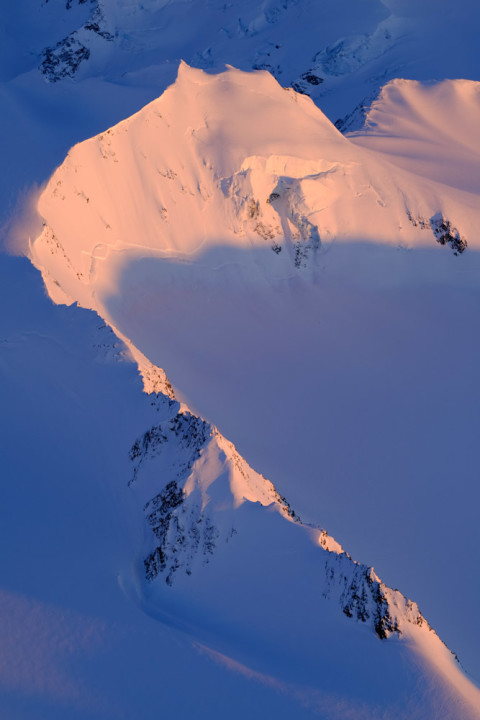
How do you post-process your Fuji raw files? Considering that you are often on the move, do you ever post-process using mobile devices such as a tablet?
I use Adobe Lightroom 5.4 and Photoshop CC to process my Fuij RAW files. I’ve tried Lightroom Mobile on my iPad, and while it it works pretty well for editing and basic corrections, if you’re syncing large folders of images, you either have to have an open Wi-Fi connection, or else, download hundreds of MBs over the network to your iPad and then back. Even though LR Mobile uses smaller Smart Previews, a folder of 1,000 images is still a gig of data. That’s a lot. The Wi-Fi app transfer straight from the X-T1 onto the iPhone or iPad works quite well. I’ve use this a lot to do small transfers, mostly for sharing, but if I’m shooting RAW on the Fuji, I need a laptop to edit, or else wait to get back home.
There are many great compact systems out there at the moment. If you hadn’t chosen to go down the Fuji route, would you have chosen another mirrorless system? Which one and why?
Not sure. Sony is always on the cutting edge of the technology, but in my mind, they’re not nearly as good at the form factor thing with cameras. I’ve always said that if Sony had a product design team like Fuji or Olympus, they’d be really scary! The Olympus cameras seem on par with the Fujis in many ways, but I haven’t used them as much and coming from full frame, APC-C seems like a better choice for me than M4/3. And of course, I’ve been watching what Nikon does in the mirrorless realm, and while their current offerings aren’t quite what I’m looking for, at some point, they may switch directions and give us something like the X-T1, which could be really promising.
Do you think mirrorless cameras will eventually replace the DSLR as the professional’s primary work system?
I think the lines are being blurred more and more every year. Mirrorless cameras are finally maturing, and I’m a good example that they can be used as a primary system for a working pro. As technology races forward there are pros who are using everything from D4s to iPhones, depending on what they’re shooting. Cameras are just tools and if one style works better for a certain style or inspires your creativity, then that’s the right camera for you. Right now, I see different sectors breaking off. Wedding photographers are jumping towards mirrorless gear in a big way, and for good reason, but hardcore studio and location work is still DSLR based and probably will be for awhile. Outdoor shooters are falling on either side.
There’s no question that today’s mirrorless cameras are going to push Nikon and Canon to take a serious look at what they’re doing in the next few years. We may not see DSLRs go away any time soon, but I do think that as companies like Fuji, Olympus and Sony continue to innovate, their gear will only get more attractive to photographers of all levels and styles.
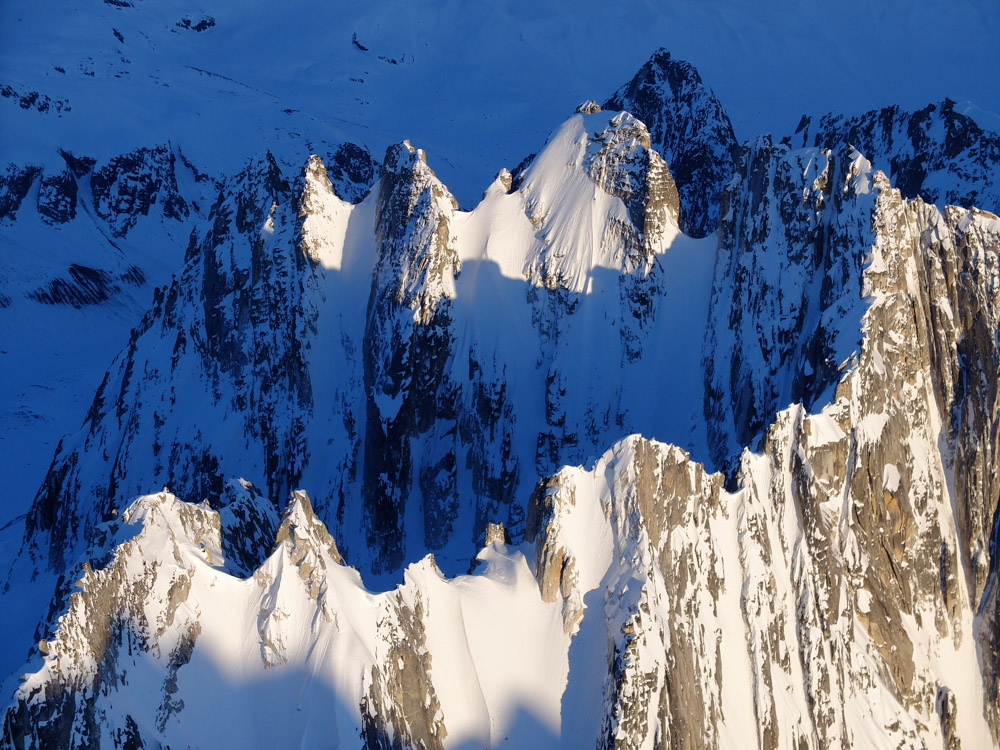
Thank you for taking the time to answer our questions, Dan!
Have a question for Dan about his adventures up in Alaska with his Fuji X cameras? Be sure to leave him a comment!
